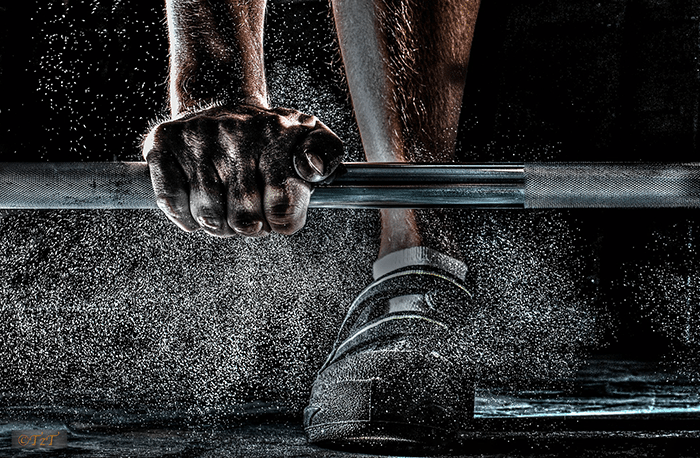Get a Grip: What Grip Strength Is, and Why You Need It
It’s the first Saturday in spring, and you’ve decided to celebrate by going for a hike with your boyfriend, Channing Tatum. As you make your way along a windy trail that hugs the side of a mountain, laughing and playfully arguing about who’s the better dancer, your stomach suddenly drops out from your body. Or, more accurately, your feet drop, followed by your legs and then your stomach. You’ve stepped on a patch of ice not quite thawed from the winter and slipped over the edge of the trail.
Luckily, your cat-like reflexes allowed you to grab onto a tiny ledge just out of Channing’s reach. He sprints back down the mountain to grab help, or maybe a really long branch that he can lower down for you to grab. How long can you hang on?
That’s where grip strength comes in. In matters of desperate importance, such as gripping the edge of a ledge Mufasa-style and opening a jar of salsa, grip strength is what you need. Unfortunately, for many people (especially women), your grip is often the last thing you think you need to work out. After all, it doesn’t photograph as well as your abs or triceps during #TransformationTuesday. (“Damn, Jeana! Check out Kate’s grip in this picture! Man, she looks amazing.”)
But in reality, we need to start paying more attention to our grip strength. According to a little institution called Harvard, grip strength can be used as an indicator of overall heart health; in fact, grip strength was better at predicting death or cardiovascular disease than blood pressure. Grip strength can also be used to determine biological age and whether you have a higher risk of dying; even though it doesn’t have any correlations with disease like cancer or diabetes, it does relate directly to muscular strength. If you have weak muscles and develop one of these chronic diseases, you’re much more likely to suffer from it rather than overcoming it.
Grip strength, as mentioned before, is also responsible for tons of little functional movements we perform throughout the day, whether it’s throwing a football, untwisting a lid, and carrying all the groceries into the house in one trip.
One easy example that comes to mind if you’ve ever worked out at Hard Pressed is the dreaded rope pull. Every time I see my trainer uncoiling that bristly torture device, I silently pray that I get the small rope rather than the thick rope. Sometimes my prayers are answered, sometimes they’re not. The thick rope is a much tougher pull, and I used to think it was just because I have tiny hands and it’s impossible for me to wrap my hands around them. Unfortunately, as my trainer has kindly told me, that’s not a valid excuse. Basically, our wrists and forearms get weaker as the width of our grip increases. Gripping a thicker bar (or rope), according to Muscletech, requires more work from the surrounding muscles and sends more motor neurons to the area you’re using, meaning that you’re using greater force and seeing more results when your grip is challenged.
One of the most popular ways to improve grip strength is simply that: using thicker bars for weight-lifting exercises such as the bench press. Unfortunately, if your gym doesn’t happen to have those lying around, you’re out of luck. Here are a few alternative ways to improve your grip strength:
Add more pulling and lifting to your routine. Any time you pull or lift something, whether it’s a dumbbell, a bar, or a rope, you’re working your grip strength. Exercises like walking lunges with heavy dumbbells can help too.
MacGyver your equipment. Several of the sites I researched while writing this mentioned Fat Gripz, silicone handles you slide onto the bar you’re using for your workout to thicken it. While that’s definitely an option, if you’re looking for a workaround, try simple household items. Got a pull-up bar? Sling a towel over the top and try to do your pull-ups gripping the ends of the towel instead of the bar. You can also wrap towels over your bar or dumbbells to inflate the grip.
Just hang on. Speaking of pull-up bars, you can always start small with grip work simply by seeing how long you can hold onto the bar while hanging.
Squeeze. When you do the pulling and lifting exercises, make a point to squeeze the bar as you work through the set to activate your grip strength.
Channing Tatum may take a long time to get back to you with a rope or a tree branch for your rescue. Increasing your grip strength helps you make forearm #gainz, sure, but it also significantly improves your everyday life and functional movements. So go on, get a grip.













